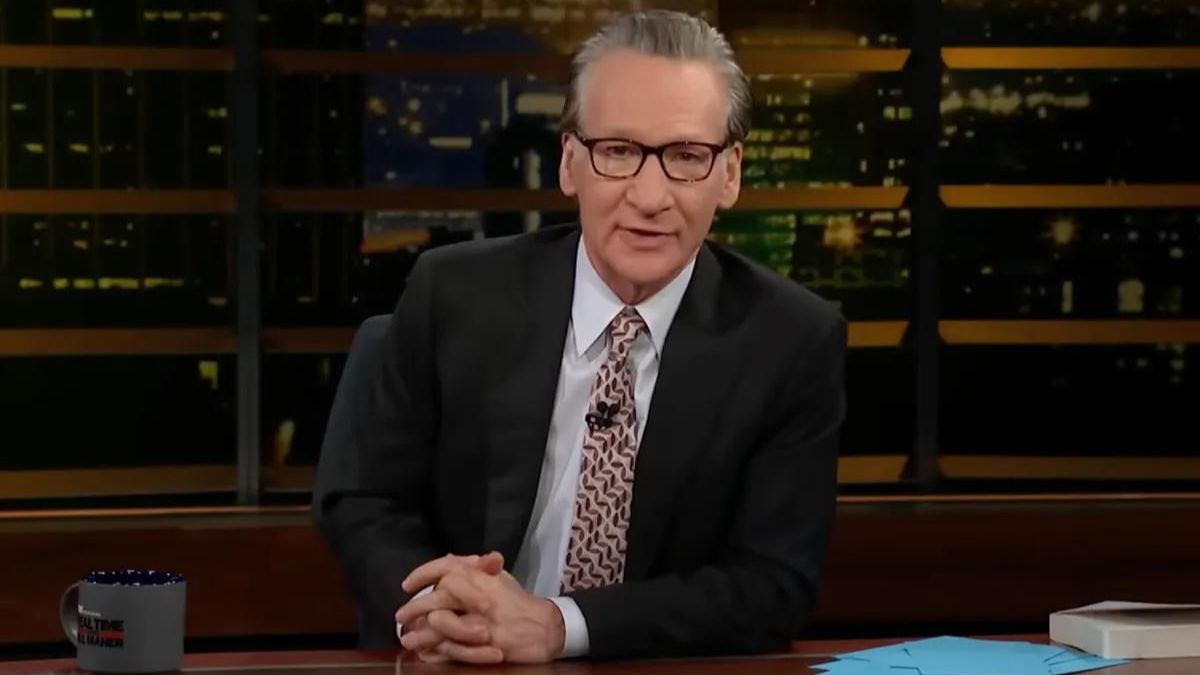

BreakPoint
Forgiving, Not Forgetting
On September 15, 1963, exactly forty years ago today, ugly racial hatred exploded in Birmingham, Alabama. The weekend after Birmingham's public schools were integrated (after a six-year fight), four Ku Klux Klansmen planted dynamite in Birmingham's Sixteenth Street Baptist Church. Four African-American girls -- Denise McNair, 11, Carole Robertson, 14, Cynthia Wesley, 14, and Addie Mae Collins, 14 -- died in the Sunday morning explosion. "Their bodies were stacked up on top of each other like bales of hay from the crumbling ruins left by the dynamiting," remembers a reporter. "They were children," reported the Birmingham World, "They were victims of cruel madness, . . . vile bigotry and . . . deadly hate." The church bombing was one of forty-one racially motivated bombings in Birmingham between 1947 and 1963. Known as "the city that was never too busy to hate," Bombingham became its nickname. Two more African-American children died that evening, when "all Birmingham waited with taut nerves . . . for a possible major eruption of racial violence." Two white youths killed Virgil Ware, 13, as he rode his bike. A white policeman shot and killed Johnnie Robinson, 16, when the teen threw a rock at a car carrying white passengers. At Johnnie's funeral, the Reverend A. L. Woods said: "Not only are we here for the funeral of Johnnie Robinson, but I think we can say we are here for the funeral of Birmingham." Fortunately, Woods's words did not prove to be prophetic. The violent deaths of four girls suddenly opened the eyes of a city and a nation. The bombing became pivotal in passing the Civil Rights Act of 1964. And Birmingham congregations, both black and white, came together to mourn the girls' deaths. More than eight thousand people and eight hundred clergy attended the funerals. The city's ministers of all races and denominations united. From their pulpits, they preached Christian love and denounced racial hatred. On each anniversary of the bombing, congregations have joined together to remember September 15, 1963. And they have been determined to change Birmingham's heart. Today, the good news is that the city is thriving. It is a beautiful peace-loving city, where African-Americans teach at colleges and graduate schools, lead the city in its cutting-edge medical technology, and fill important leadership positions in every area of politics, industry, and business. Birmingham has even elected an African-American mayor. The Sixteenth Street Baptist Church, begun in 1911, still provides an active ministry, and the Birmingham Civil Rights Institute teaches racial harmony. Hundreds flock through to see Martin Luther King's jail cell, photos of lynchings, and statues of attack dogs and fire hoses. They also see "Angels of Change" -- a video tribute to four little girls who put a face on racial hatred and helped change a city. Birmingham conquered racial hate and violence because black and white Christian congregations pulled together in unity, love, and hard work. They sought to heal the hurts of hate with the Gospel. And the good news is that if this can happen in Birmingham, Alabama -- once a deeply segregated, violent steel town -- it can happen anywhere. For further reading and information: Learn more about the Birmingham Civil Rights Institute. "Killers of the Innocents," Birmingham World, 18 September 1963. Arthur Osgood, "Racial Tension Mounts in Birmingham after Four Killed in Church Bombing," The Montgomery Advertiser, 16 September 1963. Robert Gordon, "Birmingham Pays Homage to Slain Teen-Age Boys," Birmingham World, 25 September 1963. Kevin Sack, "Ex-Klansman Is Found Guilty in '63 Bombing," New York Times, 2 May 2001. "Convictions Upheld in 1963 Church Bombing," Atlanta Journal-Constitution, 29 August 2003. Desmond Tutu, No Future without Forgiveness (Doubleday, 2000), 151. Tim Stafford, "Birmingham, 1963," Books & Culture, July/August 2001. James C. Cobb, "No 'Closure'," Wall Street Journal, 13 May 2001. BreakPoint Commentary No. 030828, "King's Dream." (Archived commentary; free registration required.) Dara Fisk-Ekanger, "The Day Racism Hit Home," Boundless, 13 December 2000. "How a Former Klansman Rejected Racism and Came to Christ" -- Rev. Thomas A. Tarrants, III, President of the C. S. Lewis Institute, gave this testimony at a recent Prison Fellowship banquet. He was a former Klansman who nearly died from multiple bullet wounds when he was arrested. In prison he came to Christ and now speaks out against racism and for the superiority of the Christian worldview.
09/15/03















